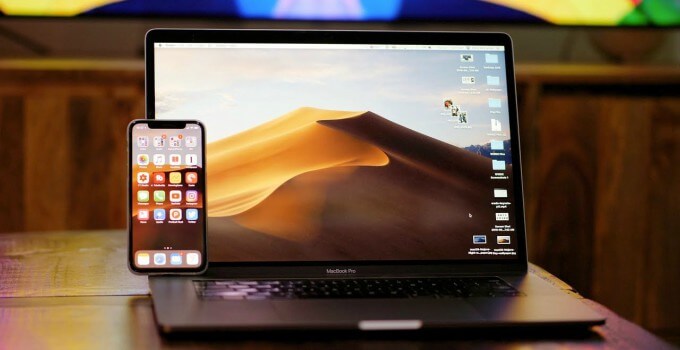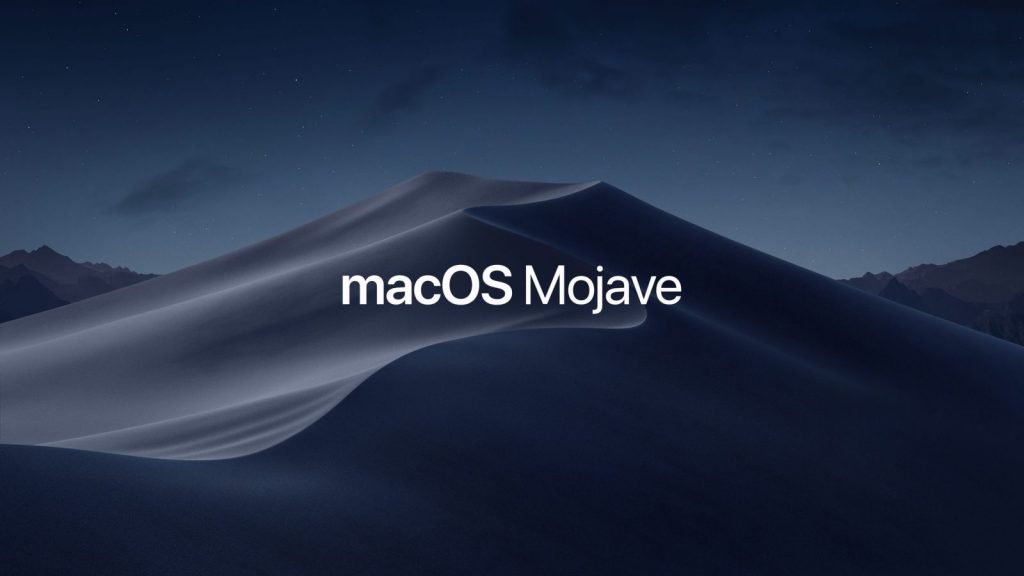Have you just upgraded to Mojave but can’t connect to the Internet? You are not alone. Many other macOS Mojave users have also reported the same problem.
- Caffeine For Mac Doesn't Work In Mojave Valley
- Why Doesn't Caffeine Help Me
- Caffeine Doesn't Work On Me
- Caffeine For Mac Doesn't Work In Mojave California
About This Mac – Storage bar now appears to report much more reliable figures, at last, although these may take time to appear. App Store – claims apps need to be ‘redownloaded’ – doesn’t appear to occur now. Keychain Access – pasted text shown as black on dark grey in Dark Mode – largely fixed for new notes at least. Given that there is now a released version of Caffeine supporting macOS Mojave, this would indeed answer the question at hand. I tried caffeinate but it doesn't work for my use-case. It’s available on the Mac App Store and doesn’t require Accessibility ( admin) privileges at.
In other words, on Mojave, sending an SMS technically works, but receiving does not, and neither of these things work from a UI standpoint. Update: I found a fix that works for my computer. As you can tell in the link, a lot of people have this bug still so my solution isn’t the canonical answer, but it did fix it for me. Malwarebytes for Mac Support Forum; Doesn't work on mojave Limited support availability - Dec 24 - Jan 3. Doesn't work on mojave. By Aloha808, June 24, 2018 in.
Although macOS Mojave is compatible with almost all Mac versions, some users have reportedly encountered problems with it. While most of them can’t connect to the Internet after updating to Mojave, others noticed that their connection drops frequently.
So, can this macOS Mojave issue be fixed? Of course! If your Internet doesn’t work after upgrading to Mojave, try the following solutions:
1. Install Any Available Software Updates.
Software updates are released to fix and resolve issues with the previous software versions. Hence, if an update is available, it is a good idea to install it right away to ensure that your system software is up to date.
Before you even install software updates, make sure you have a backup of all your important files and documents. You’ll need it in case something comes up. Once your backup is ready, you can proceed with checking and installing any available software updates. To do it, follow these steps:
- Go to System Preferences.
- Select Software Update.
- At this point, you should find out if a software update is available or not. If you find one, install it by clicking the Update button next to it. Otherwise, proceed to the next step.
- Restart your Mac.

2. Disconnect All External Peripherals from Your Mac.
Caffeine For Mac Doesn't Work In Mojave Valley
If you can connect to a WiFi network but it frequently drops or runs very slowly, there is a chance that your hardware is at fault. In most cases, it is caused by an interference by certain USB-C or USB 3 devices connected to your Mac. These devices are known to emit radio frequencies that may interfere with wireless connections.
An easy way to resolve problems with USB-C or USB 3 devices is disconnect them one by one from your Mac. If you are able to connect to a WiFi network without any problems, then you have found the culprit. Otherwise, you have to try other troubleshooting options.
You can try to move the USB device far from your Mac to reduce the interference. You can also change the frequency settings of your WiFi network connection from 2.4 GHz to 5 Ghz.
3. Set Up a New WiFi Configuration on Your Mac.
Oftentimes, setting up a new WiFi configuration on your Mac can resolve network problems. To remove an existing WiFi configuration and set up a new one, here’s what you should do:
- Create a backup of all your important files and documents if you have not done so yet.
- Go to the WiFi menu in the upper right corner of your screen.
- Click the Turn WiFi Off This will temporarily disable your Mac’s active WiFi network.
- Navigate to Finder.
- In a location that is easily accessible, such as Documents or Desktop, create a new folder. Give it an obvious name like My WiFi Backup Files.
- Open Finder again and navigate to the Go menu.
- Select Go to Folder.
- Into the text field, input this path: /Library/Preferences/SystemConfiguration/
- The System Configuration folder should then open. Locate and click on the following file names:
- NetworkInterfaces.plist
- Com.apple.wifi.message-tracer.plist
- Com.apple.airport.preferences.plist
- Preferences.plist
- Make sure you have selected the above files and move them to the new folder you created.
- Go to the Apple menu.
- Select Restart.
- Once your Mac boots up, go to the WiFi menu again in the upper right corner of your screen.
- This time, choose the Turn WiFi On option.
- Connect to your wireless network again.
- Now, launch your favorite browser to check if your Internet connection is working fine.
4. Reset the Modem or WiFi Router.
If you suspect that the problem is caused by a problematic modem or router, try resetting it. Generally, all you need to do is delete unplug the router or the modem for around 20 seconds. After which, plug it back again to the power source. It should be as easy as pie.
Then again, the exact process of resetting modems and routers may vary per model or brand. Hence, if you are not sure how to reset your modem or router, check the manual or contact your ISP. They should provide you with technical support or guidance.
5. Reset the SMC.
The System Management Controller (SMC) is responsible for certain low-level functions on your Mac. So, if you are unable to connect to a WiFi network, it is worth trying to reset it.
Here’s how:

- Press the Power button.
- Wait until your Mac shuts down.
- Turn on your Mac again by pressing and holding the Power button and the Shift + CTRL + Option keyboard keys.
- Release all the keys when you hear the startup beep.
- At this point, your Mac’s SMC should have already been reset. You’ll also know this sometimes because the light on your MagSafe adapter will change colors.
- Boot your Mac as you normally would.
6. Delete All Unnecessary Files.
There are times when unwanted files mess up with your WiFi connection; hence, you experience problems with it. To avoid this instance from happening, make it a habit to delete all unnecessary files on your system.
You have two ways to delete unnecessary files on your Mac: manual or automated. With the manual option, you need to go over folder to folder and check which files are no longer needed. From there, you can delete them by moving them to the Trash folder. We don’t really recommend trying this option because of the risks involved. You don’t want to delete important system files just because you thought they’re malware.
If you prefer the automated option, then great. All you need to do is install a trustworthy Mac repair tool. Run a quick scan and let the tool do its job. After a few minutes, all the junk files lurking on your system will be identified. In just one click, you can then delete them from your Mac.
Wrapping Up
There is no perfect macOS update. With every release, there will always be a few issues that Mac users may experience. But the good news is that there are always simple solutions you can try.
Did the above solutions resolve WiFi issues with your Mac? Do you have other solutions you want to share? Let us know by commenting on them below.
See more information about Outbyte and uninstall instructions. Please review EULA and Privacy Policy.
How does Caffeine work?
Caffeine prevents your Mac from going to sleep by using core services within macOS to instruct the system to remain active. Contrary to popular belief, it is not simply a wrapper around the built in caffinate command, but instead directly utilizes the same system APIs.
Why aren't there more options?
The goal of Caffeine is to be very simple to use, and to stay out of the way so that it doesn't interfere with your productivity.
Why Doesn't Caffeine Help Me
How do I use Caffeine?
When you first launch Caffeine, the Welcome window will give you a brief introduction, as well as provide you with options to set your preferences as to how you'd like Caffeine to function.
A coffee cup icon will be placed in your menu bar, and you can simply click it to toggle Caffeine on and off:
An empty cup means Caffeine is not enabled, while a full cup means it is enabled, and your system will remain awake until you disable it again.
 Finally, you can right click the icon to access a menu, which will allow you to access the preferences window, activate Caffeine for a short duration, as well as to quit Caffeine if needed.
Finally, you can right click the icon to access a menu, which will allow you to access the preferences window, activate Caffeine for a short duration, as well as to quit Caffeine if needed.Caffeine Doesn't Work On Me
Does Caffeine work on macOS Mojave or Catalina?
Yes! Support for macOS Mojave was introduced in version 1.1.2. Due to stronger security and privacy controls, you'll be prompted to grant Caffeine access to use Accessibility features on your Mac.
If you are experiencing issues with granting Caffeine permission on your system, or Caffeine does not appear to be working, please see the section on System Permissions for more information regarding these systems.
Is Caffeine open source?
Yes, Caffeine is open source software. It is licensed under the MIT license, and the source code can be viewed here.
Caffeine For Mac Doesn't Work In Mojave California
Still have questions, comments or other feedback?
Send us a message! We'd be glad to help you.
